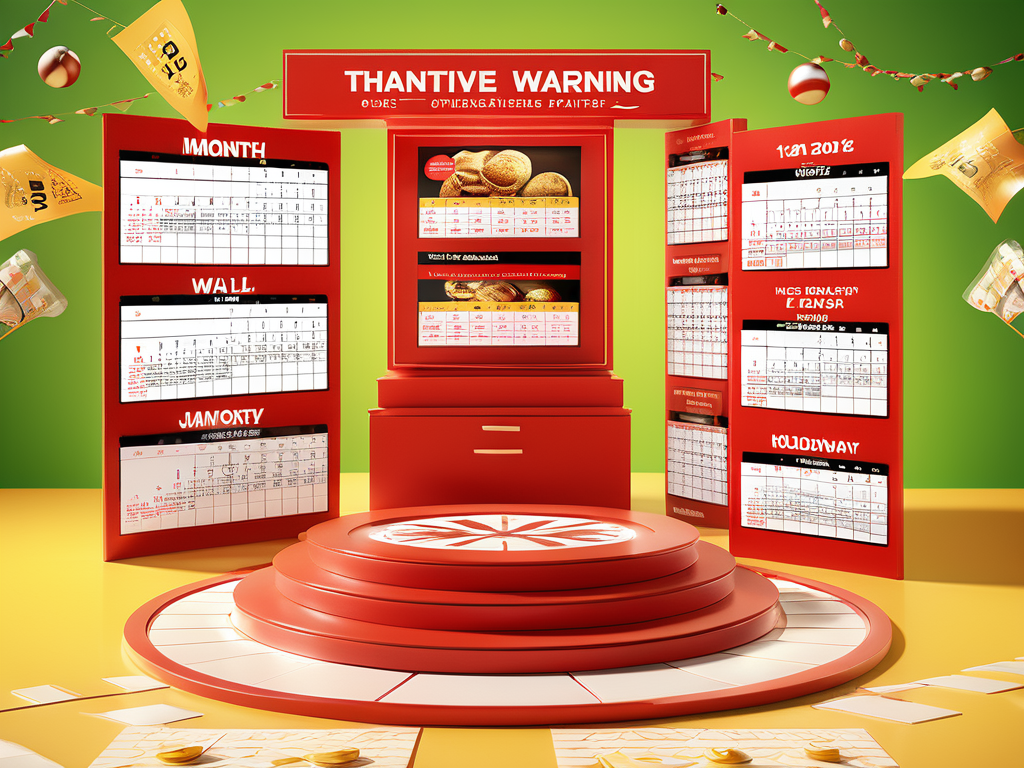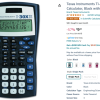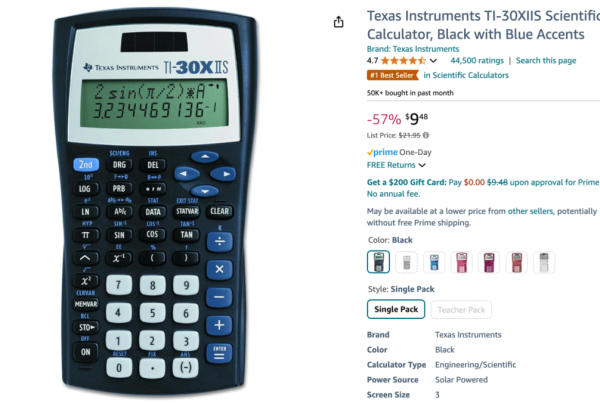6 Winning Product Selection Secrets to Unleash Your Strategy
Introduction
Many small sellers face common anxieties:
- How do I choose the right products?
- Should I target major categories?
- Should I chase after hot-selling items?
You might have dreamed of making a splash on Amazon, only to find yourself hesitating right from the start. With an overwhelming number of choices, one misstep can lead to continuous setbacks. Competition on Amazon is fierce—thousands of sellers are fighting over limited traffic and customer resources. For new sellers, standing out among the competition is the primary challenge. Limited market insight and unfamiliarity with platform strategies often result in missed opportunities in promotion and marketing.
The key message for small sellers is this: the mass market might not be for you. Instead, focus on the long-tail market. By targeting niche products, you can secure your survival and eventually rise above the competition.

Understanding the Long-Tail Market
What Are Long-Tail Products?
Long-tail products are items with lower demand or sales volumes but encompass a vast variety. When these niche products are aggregated, they form a market that can rival the best-sellers. These products typically satisfy the precise needs of specific segments. They might address a need that potential buyers have not yet fully recognized or represent products that suppliers can produce but have yet to tailor to user demands.
In today’s digital economy, long-tail products are especially prominent because the Internet provides an almost limitless virtual shelf. This allows niche products to be discovered by a larger pool of potential customers.
Market Selection Principles
Once you’ve identified the market you should target, follow these core product selection principles:
- Avoid Unnecessary Innovation: Focus on meeting existing market demands rather than trying to create a new demand.
- Find Undersaturated Categories: Look for product categories that are not oversaturated while still having a substantial market size.
- Leverage Your Product’s Strengths: Learn to differentiate your products.
Based on these three principles, here are six product selection strategies suitable for small sellers.

6 Product Selection Strategies
1. Hot Seller Peripheral Product Selection
Method:
Expand, optimize, and upgrade around your high-selling products or existing market hot-sellers by adding related peripheral products. This can include accessory items, complementary products, or even alternatives.
Features:
- Precedents have already paved the way, saving you development time.
- More purposeful product selection with a clear direction.
- Ability to form “Frequently Bought Together” (FBT) relationships, thereby attracting additional related traffic.
2. Software/Tool-Based Product Selection
Method:
Utilize existing product selection tools that leverage big data. These tools filter based on product popularity and forecasted sales volume to assist you in product selection. You can also use the keywords suggested by these tools to enter categories ideal for advertising.
Features:
- Tools like Seller Chuanhai display dynamic rankings, updating daily with surging trending keywords (ABA words).
- Quickly uncover emerging demand trends on Amazon. For example, with Halloween approaching, related ABA words might show a rapid weekly increase, sometimes causing a product’s ranking (such as a wool blanket) to jump by over 1,000 spots in a week.

3. Shopping Cart Sales Testing Method
Method:
Add a product to your shopping cart, then change its inventory quantity to 999. If your actual inventory is lower, the system will prompt you with the current stock (e.g., “only xx left”). Repeat this process at the same time every day for about a week. By monitoring the inventory changes, you can estimate the product’s average daily sales.
Features:
- Provides highly precise and effective data.
- It is, however, time-consuming and labor-intensive.
4. Top Store New Product Tracking
Method:
Monitor the products of top-performing stores. Their product choices are often valuable references—benefiting from the groundwork laid by predecessors can help you secure your share in a competitive market.
Features:
- Direct observation on Amazon might not yield immediate, clear data.
- Use tools like Seller Chuanhai: add the stores you want to monitor in the “My Store” section to receive data computed by its intelligent model.

5. Niche Category Product Selection
Method:
When listing a product, choose its category carefully. You can select up to the fourth, fifth, or even sixth level categories. Choosing products within these niche categories can reveal a market with smaller capacity but rich in untapped potential.
Features:
- A relatively simple method that does not rely on additional tools.
6. Seasonal (Holiday) Product Selection
Method:
Capitalize on seasonal trends—Amazon runs holiday promotions throughout the year. By understanding holiday customs and consumer spending habits, you can derive insightful product selection data. For detailed operations, refer to Seller Chuanhai’s daily recommendations or ranking lists.
Features:
- Seasonal products are typically cyclical with fluctuating market demand.
- Overestimating inventory may lead to excess stock, while underestimating may cause missed sales opportunities.

Conclusion
For small sellers, choosing the right products is a critical step in operating your store. Follow these six strategies to discover a product selection approach that suits your strengths. Focus on product differentiation and uniqueness, and be ready to adapt your strategies to market changes. Secure your niche to survive—and thrive—in the turbulent waves of e-commerce.







